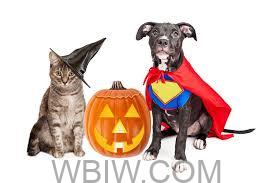
INDIANA – As the spooky season quickly approaches, veterinarians nationwide warn pet owners of the potential dangers hidden in Halloween celebrations. While chocolate is one of the more well-known dangers for pets, vets highlight other everyday items that pose fatal consequences.
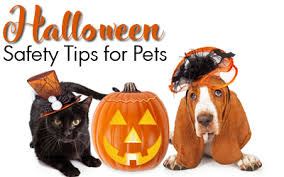
According to the Pet Poison Helpline, emergency and toxicology calls increase by 12% during Halloween, making it the call center’s busiest time of year. To help owners ensure their pets’ safety this season, Trusted Housesitters worked with veterinary surgeon Dr Lily Richards (BSc Hons BVSc MRCVS) to reveal hidden dangers pet owners should know about this Halloween.

Candies with Xylitol
Like humans, dogs have taste buds that crave sweet foods. However, while sugar isn’t poisonous to cats and dogs, it isn’t healthy for them.
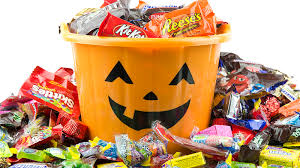
“Although sugars like honey, brown, and white sugar are generally safe for dogs and cats, foods high in sugar often cause vomiting and diarrhea in pets,” said Dr Richards. “Watch out, particularly for sugar-free treats containing xylitol. Xylitol is very dangerous for pets, leading to sudden life-threatening changes in blood sugar and liver toxicity.”
Please don’t feed your pet Halloween candy; Veterinarians recommend keeping your candy stash in a safe place where your pet can’t reach it.
Raw Pumpkin
Pets can enjoy pumpkin this year without fear of poisoning. However, raw pumpkin is more challenging to digest and should be avoided for cats and dogs.

“Naturally rich in vitamins, minerals, and soluble fiber, pumpkin can help ease digestion,” said Dr Richards. “Fresh pumpkin, including the seeds, can be a tasty treat in moderation, but watch out for canned products containing xylitol.”
As cats have more delicate digestion tracks, ensure the seeds are ground up before feeding smaller cats and kittens to avoid choking hazards.
Autumn Flowers & Berries
While decorating, Dr. Richards encourages pet parents to be mindful of what plants are placed around the house. Mums or chrysanthemums are a popular fall flower that can be toxic to pets, and ingestion can lead to vomiting, diarrhea, and skin irritation.
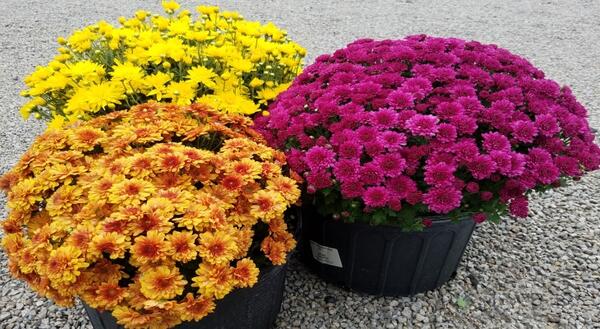
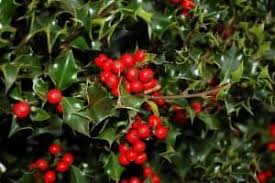
Autumn berries and foliage, like holly and certain types of ornamental berries, can also be toxic to pets. If ingested, they can cause nausea and vomiting.
Glow Sticks
One of the most common Halloween accessories used for children’s safety and costumes can also be dangerous for pets.

The bright liquid inside glow sticks contains various chemicals that can be toxic to pets if ingested, especially to their digestive systems. If a pet bites into a stick, it risks skin irritation from the liquid and swallowing a small piece or the entire stick, which could lead to choking.
Chocolate
Cocoa contains the compound theobromine, which is toxic to animals at specific doses. While most pet owners know chocolate is dangerous for dogs, it’s lesser known how dangerous chocolate is for cats.

“Symptoms of toxicity vary from vomiting, diarrhea, hyperactivity, coma, seizures, or even death. Chocolate containing higher levels of theobromine and caffeine, including dark chocolate, is particularly a worry,” said Dr Richards. “Only a small amount of dark chocolate could lead to life-threatening consequences, while it will take more volume of milk or white chocolate to have the same effect.”
Halloween is a festive time for all, but pet owners should remain vigilant. Safety should stay at the front of pet owners’ minds, and with caution, everyone can enjoy a safe, fun Halloween together.
To learn more about the TrustedHousesitters platform, please visit www.trustedhousesitters.com.



